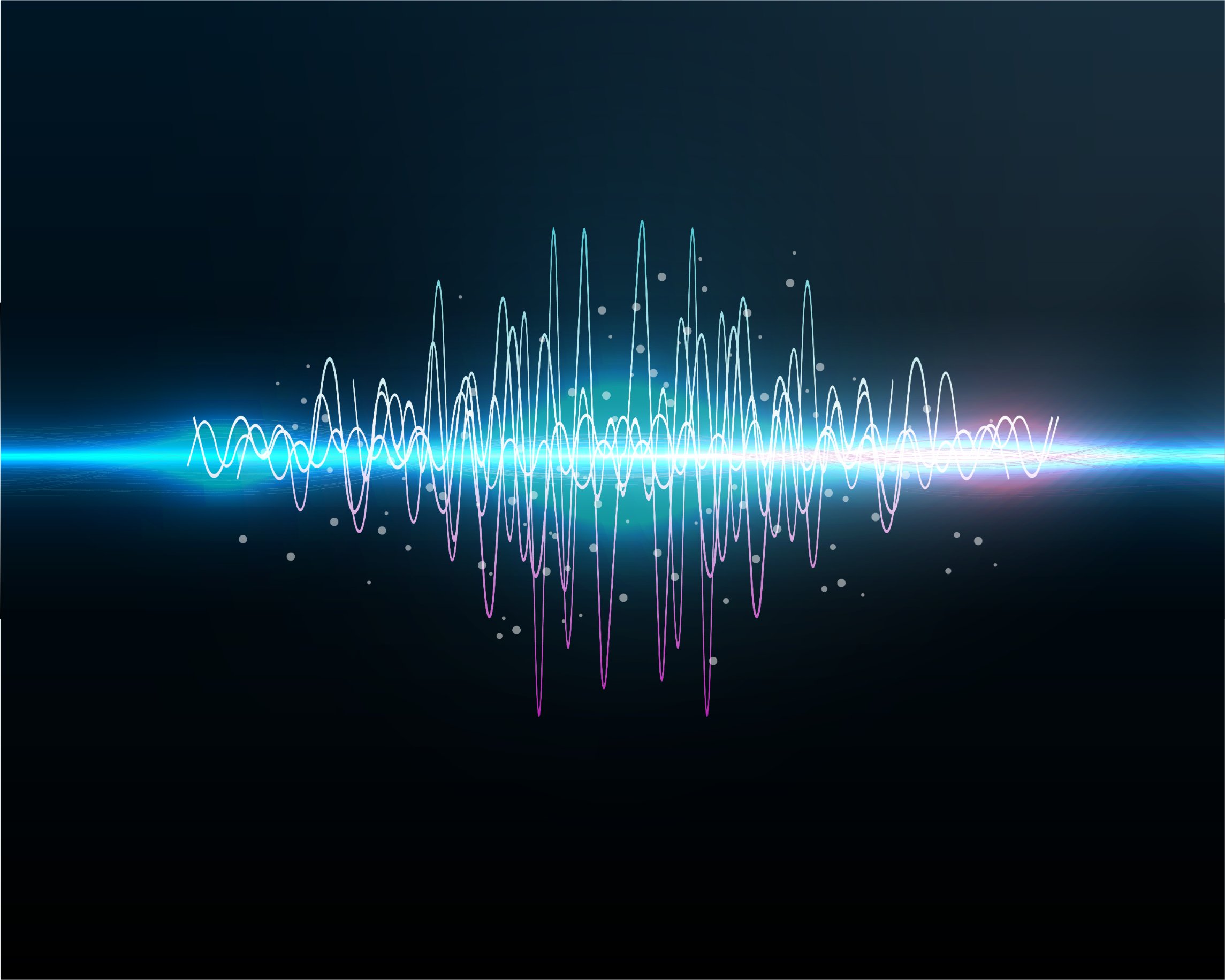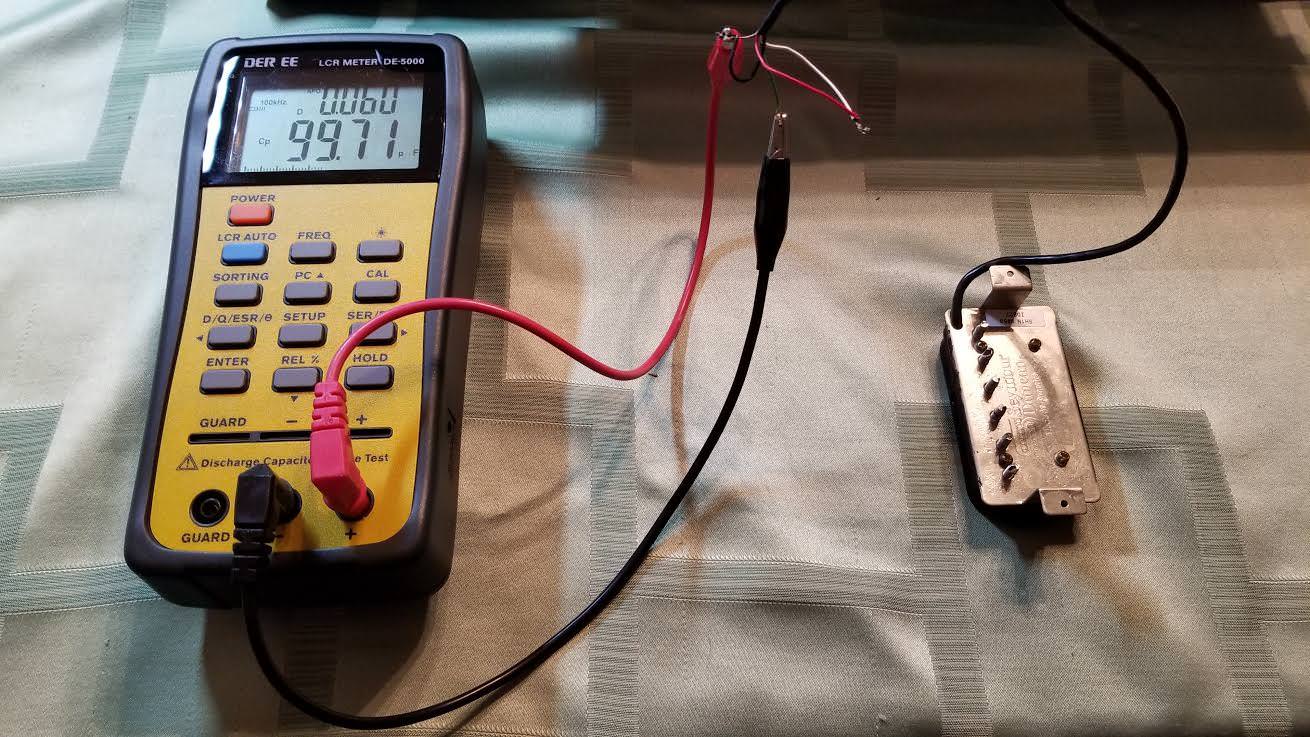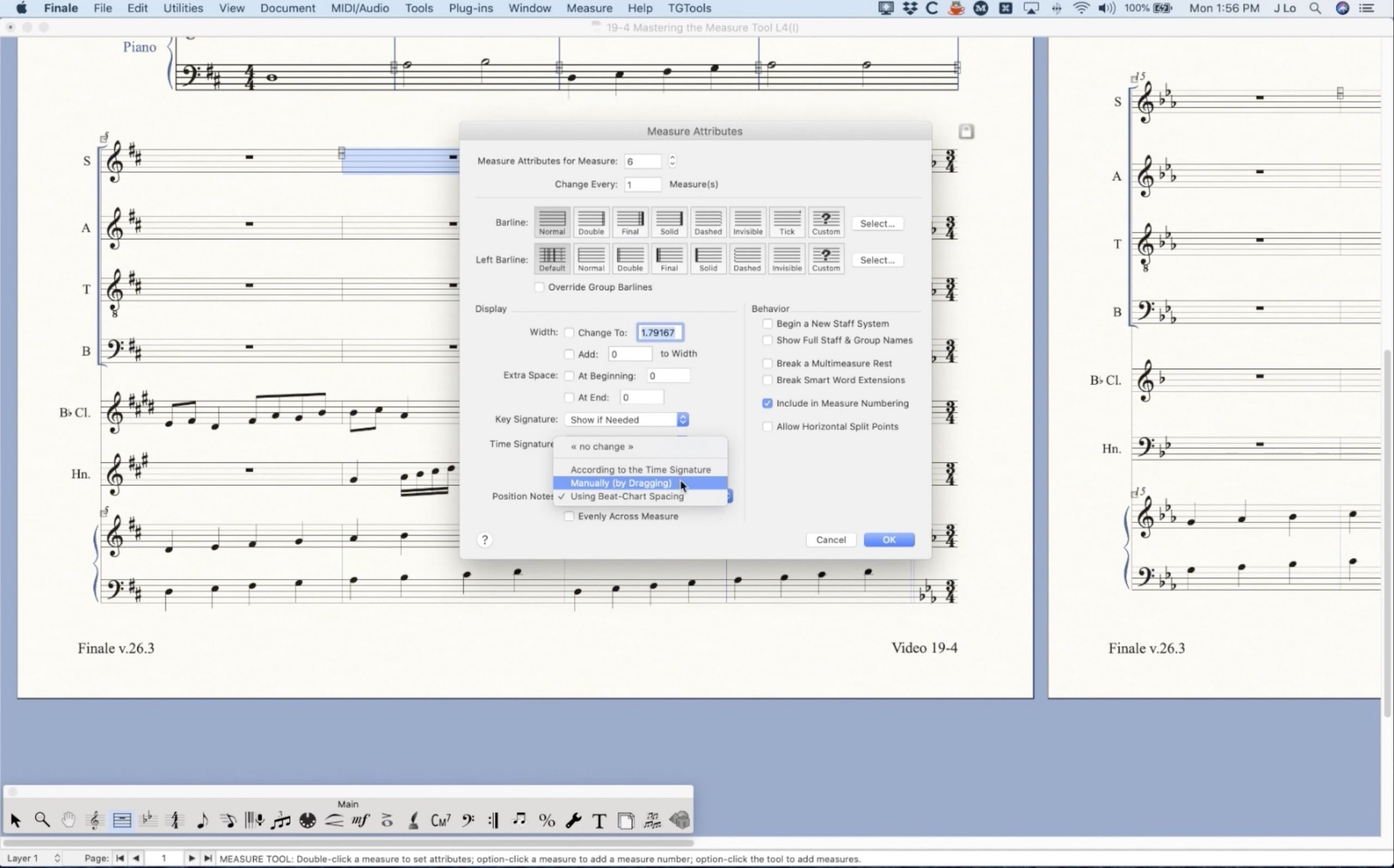Home>Events & Info>Frequency>How To Measure Frequency Of Sound


Frequency
How To Measure Frequency Of Sound
Published: February 18, 2024
Learn how to measure frequency of sound with our comprehensive guide. Discover the tools and techniques for accurate frequency measurement.
(Many of the links in this article redirect to a specific reviewed product. Your purchase of these products through affiliate links helps to generate commission for AudioLover.com, at no extra cost. Learn more)
Table of Contents
Introduction
Understanding Frequency
Sound is an integral part of our daily lives, whether it's the chirping of birds in the morning, the laughter of children playing, or the music that fills our ears. At its core, sound is a form of energy that travels through the air in the form of waves, and these waves have a specific property known as frequency. In the realm of acoustics, frequency refers to the number of vibrations or cycles of a sound wave that occur in a second, and it is measured in Hertz (Hz). Understanding the concept of frequency is crucial in various fields, including music, engineering, medicine, and environmental science.
The frequency of a sound wave determines its pitch, with higher frequencies corresponding to higher-pitched sounds and lower frequencies associated with lower-pitched sounds. For instance, the high-pitched notes of a flute have a higher frequency, while the deep rumble of thunder has a lower frequency. This fundamental property of sound is what allows us to distinguish between different sounds and perceive music in its rich and varied forms.
In the following sections, we will delve deeper into the significance of measuring sound frequency, the tools and methods used for this purpose, and the implications of frequency measurement in diverse domains. Understanding how frequency is measured and its real-world applications is essential for anyone seeking to explore the fascinating world of sound and its myriad implications.
Understanding Frequency
Frequency, in the context of sound, refers to the rate at which a sound wave vibrates as it travels through a medium, such as air. This vibration creates changes in air pressure that our ears can detect and interpret as sound. The frequency of a sound wave is measured in Hertz (Hz), which represents the number of cycles or vibrations per second. For example, a sound wave with a frequency of 440 Hz completes 440 cycles in one second.
One of the most common associations with frequency is pitch. Higher frequencies correspond to higher-pitched sounds, while lower frequencies are associated with lower-pitched sounds. This relationship forms the basis of our perception of musical notes and the tonal quality of sounds. For instance, the strings of a guitar vibrate at specific frequencies to produce different notes, and the pitch of a singer’s voice is determined by the frequency of their vocal cords’ vibrations.
Understanding frequency is essential in various fields. In music, it is the foundation for creating harmonious compositions and understanding the timbre of different instruments. In engineering, frequency analysis is crucial for designing effective sound systems and optimizing acoustic environments. Medical professionals utilize frequency measurements for diagnostic imaging and therapeutic applications, while environmental scientists study sound frequency to assess the impact of human activities on wildlife and natural habitats.
Moreover, frequency plays a vital role in communication technologies, such as radio, television, and telephony. Different frequency bands are allocated for various types of wireless communication, and understanding frequency characteristics is pivotal for ensuring efficient and reliable transmission of information.
By comprehending the concept of frequency and its significance in diverse disciplines, individuals can gain a deeper appreciation for the role of sound in our lives. Whether it’s the melodic notes of a symphony, the rhythmic beats of a favorite song, or the subtle nuances of everyday sounds, frequency lies at the heart of our auditory experiences.
The Importance of Measuring Sound Frequency
Measuring sound frequency holds significant importance across various fields and industries. By quantifying the frequency of sound waves, researchers, engineers, musicians, healthcare professionals, and environmentalists can glean valuable insights and make informed decisions. Here are several key reasons why measuring sound frequency is essential:
- Music and Audio Engineering: In the realm of music production and audio engineering, precise frequency measurements are crucial for achieving optimal sound quality. Understanding the frequency spectrum allows for the effective mixing and mastering of audio tracks, ensuring a balanced and immersive listening experience for audiences. Moreover, musicians and sound engineers use frequency analysis to identify and address tonal imbalances, refine equalization settings, and enhance the overall sonic character of musical compositions.
- Diagnostic Medicine: In the field of diagnostic medicine, measuring sound frequency plays a pivotal role in various imaging techniques and diagnostic procedures. For instance, ultrasound imaging relies on frequency analysis to visualize internal organs and monitor fetal development during pregnancy. Additionally, audiologists utilize frequency measurements to assess hearing capabilities, diagnose auditory disorders, and customize hearing aid settings to match individual frequency response patterns.
- Environmental Monitoring: Environmental scientists and conservationists utilize sound frequency measurements to monitor and analyze the acoustic signatures of natural habitats. By studying the frequency patterns of animal vocalizations and environmental sounds, researchers can assess ecosystem health, track wildlife populations, and evaluate the impact of human activities on biodiversity. This information is invaluable for implementing conservation strategies and mitigating the negative effects of noise pollution on wildlife.
- Industrial Applications: In industrial settings, measuring sound frequency is essential for assessing machinery and equipment performance, identifying potential malfunctions, and implementing effective noise control measures. By analyzing the frequency components of industrial noise, engineers can pinpoint sources of excessive noise emissions, optimize equipment operation, and protect workers from hazardous levels of noise exposure.
Overall, the ability to measure sound frequency accurately empowers professionals across diverse fields to make data-driven decisions, enhance the quality of audiovisual productions, improve healthcare diagnostics, safeguard natural ecosystems, and optimize industrial processes. By recognizing the multifaceted importance of sound frequency measurement, individuals can harness its potential to innovate and address real-world challenges in impactful ways.
Tools for Measuring Sound Frequency
Accurately measuring sound frequency requires the use of specialized tools and instruments designed to capture, analyze, and display the frequency characteristics of sound waves. These tools serve various purposes across different industries and applications, providing professionals with the means to quantify and manipulate sound frequencies effectively. Here are some essential tools for measuring sound frequency:
- Audio Frequency Analyzer: An audio frequency analyzer, often integrated into software applications or available as standalone hardware, is a fundamental tool for capturing and visualizing sound frequency data. It allows users to analyze the frequency spectrum of audio signals, identify dominant frequencies, and assess the distribution of energy across different frequency bands. This tool is widely used in music production, audio engineering, and acoustic research to conduct detailed frequency analysis and make informed adjustments to sound recordings.
- Spectrum Analyzer: A spectrum analyzer is a versatile instrument used to measure the amplitude and frequency characteristics of a wide range of signals, including sound waves. It provides a visual representation of signal strength versus frequency, enabling users to identify specific frequency components, detect harmonic distortions, and evaluate the spectral purity of audio signals. Spectrum analyzers are essential for conducting comprehensive frequency analysis in telecommunications, radio frequency (RF) engineering, and audio system testing.
- Sound Level Meter (SLM): A sound level meter is a portable device equipped with a microphone and electronic circuitry for measuring sound pressure levels in decibels (dB). While its primary function is to quantify sound intensity, advanced sound level meters feature octave band analysis capabilities, allowing users to measure and display sound levels across different frequency bands. This functionality is valuable for assessing the frequency distribution of environmental noise, evaluating noise exposure in occupational settings, and conducting acoustic assessments in architectural and industrial environments.
- Oscilloscope: An oscilloscope is a vital tool for visualizing the time-varying waveform of sound signals, including their frequency and amplitude characteristics. While oscilloscopes are commonly associated with displaying voltage waveforms, they can also be used to examine the periodic nature of sound waves and measure their frequency directly. In audio and acoustic applications, oscilloscopes are employed to observe signal behavior, detect irregularities, and verify the frequency modulation of audio signals.
These tools, among others, provide professionals with the means to accurately measure and analyze sound frequency, enabling them to make informed decisions, optimize audio performance, diagnose acoustic issues, and ensure compliance with regulatory standards across diverse domains.
Methods for Measuring Sound Frequency
Measuring sound frequency encompasses various methods and techniques tailored to specific applications and objectives. From fundamental approaches used in musical tuning to advanced frequency analysis in scientific research, different methods offer unique insights into the frequency characteristics of sound waves. Here are several prominent methods for measuring sound frequency:
- Tuning Forks and Pitch Pipes: Traditional methods of measuring sound frequency involve the use of tuning forks and pitch pipes, which produce specific musical notes at known frequencies. By comparing the pitch of an unknown sound to that of a standard tuning fork or pitch pipe, individuals can estimate the frequency of the sound wave. While these methods are rudimentary, they provide a practical means of tuning musical instruments and training the ear to recognize different pitch levels.
- Frequency Counters: Frequency counters are electronic devices designed to measure the frequency of periodic signals, including sound waves. By connecting a microphone or audio input to a frequency counter, users can obtain real-time frequency measurements, enabling precise quantification of sound wave frequencies. Frequency counters are commonly employed in audio testing, calibration, and scientific research to assess the frequency stability of oscillators, generators, and acoustic signals.
- Fast Fourier Transform (FFT) Analysis: In the realm of digital signal processing, the Fast Fourier Transform (FFT) is a powerful algorithm used to analyze the frequency components of time-domain signals, such as audio waveforms. By applying the FFT algorithm to sampled sound data, researchers and engineers can decompose complex waveforms into their constituent frequencies, visualize frequency spectra, and identify dominant frequency peaks. This method is instrumental in conducting detailed frequency analysis for audio processing, acoustic measurements, and spectral characterization of sound signals.
- Spectral Analysis Software: Advanced spectral analysis software packages provide comprehensive tools for measuring and visualizing sound frequency characteristics. These software applications enable users to perform detailed frequency analysis, generate spectrograms, and extract frequency-related parameters from audio recordings. Spectral analysis software is widely utilized in music production, environmental sound monitoring, and scientific research to explore the intricate frequency content of sound waves and derive valuable insights from frequency data.
These methods, each tailored to specific needs and technical requirements, play a vital role in quantifying sound frequency, facilitating precise frequency analysis, and advancing our understanding of the complex frequency dynamics present in the auditory world.
Conclusion
Measuring sound frequency is a fundamental practice with far-reaching implications across diverse domains. From the realms of music and audio engineering to the fields of medicine, environmental science, and industrial acoustics, the ability to quantify and analyze sound frequency empowers professionals to make informed decisions, optimize outcomes, and enhance our understanding of the auditory environment.
By understanding the concept of frequency and its pivotal role in shaping our perception of sound, individuals can appreciate the intricate relationship between frequency, pitch, and the tonal characteristics of diverse sound sources. Whether it’s the harmonious melodies of a symphony orchestra, the diagnostic applications of ultrasound imaging, or the environmental monitoring of wildlife habitats, sound frequency measurement serves as a cornerstone for innovation and progress.
Essential tools, including audio frequency analyzers, spectrum analyzers, sound level meters, and oscilloscopes, provide the means to capture, visualize, and interpret the frequency components of sound waves. These instruments enable professionals to conduct precise frequency analysis, diagnose acoustic issues, and optimize the quality of audiovisual productions.
Moreover, a diverse array of methods, ranging from traditional tuning fork assessments to advanced Fast Fourier Transform (FFT) analysis and spectral analysis software, offer versatile approaches for measuring sound frequency with precision and depth. These methods empower researchers, engineers, musicians, and environmentalists to explore the complex frequency dynamics present in sound waves and derive valuable insights from frequency data.
Ultimately, the importance of measuring sound frequency lies in its capacity to inform decision-making, drive innovation, and enrich our experiences with sound. As technology continues to advance and interdisciplinary collaborations flourish, the measurement and analysis of sound frequency will continue to play a pivotal role in shaping the future of audio technology, healthcare diagnostics, environmental conservation, and industrial acoustics.
Through a deeper understanding of sound frequency and its measurement, individuals and organizations can harness the power of frequency analysis to create, innovate, and address real-world challenges in meaningful and impactful ways.











